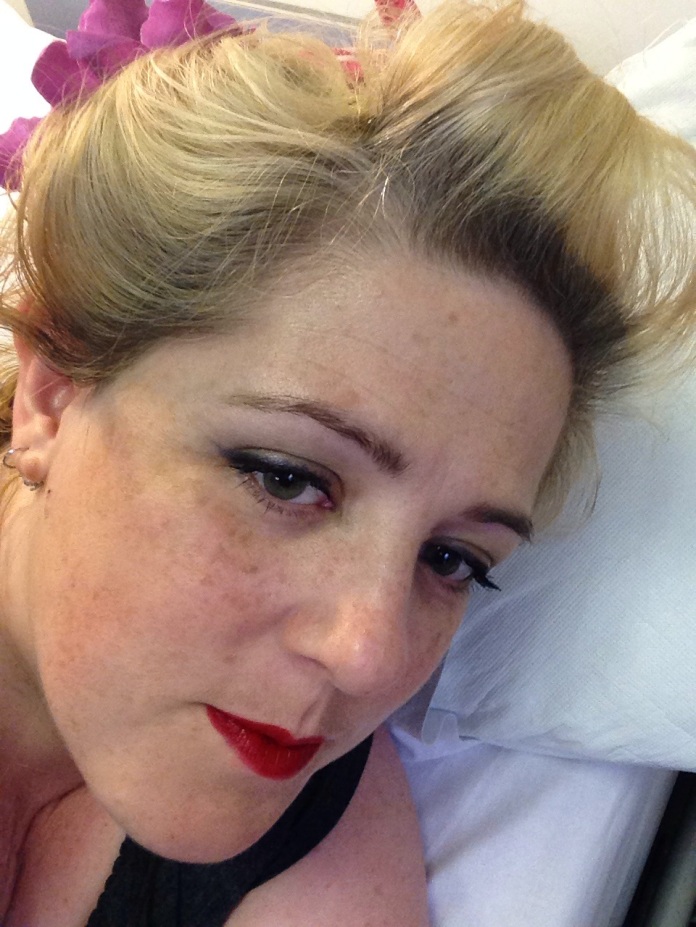I loathe hospital gowns and the uniform anonymity that comes with them. All patients look alike, stripped of all identifying features, and devoid of clues as to their background, interests, likes and dislikes, and professions. I think this can be extremely damaging, as it encourages the mindset in clinicians that patients are somehow different – it’s them and us.
The comedian Richard Herring writes about the distinction between the disabled and able-bodied. Except that he refers to these two groups as ‘the disabled’ and ‘the not yet disabled’. Any one of us, at any time, could be touched by the cold fingers of severe illness, or severe accident, either of which could have long-term ramifications. Disability does not respect status, education, age or profession. The line between these two groups is narrow, and easily crossed (in one direction, at least).
Hard as it is, I think it’s important to recognise the humanity behind the suffering of hospital patients (and those outside the hospital who are sick or disabled, or both).
So I put up photographs of my life outside the hospital, I get dressed, and I put on make-up. It takes effort, of course, but I think it goes at least some way towards bridging the gap; reminding clinicians that, in many ways, I’m just like them.
